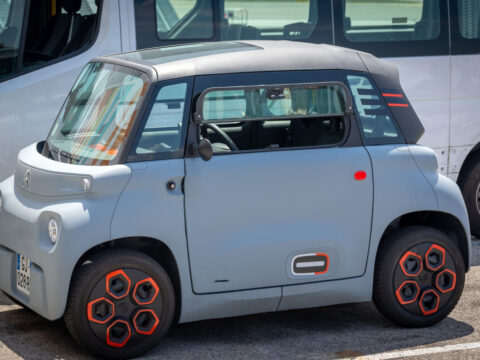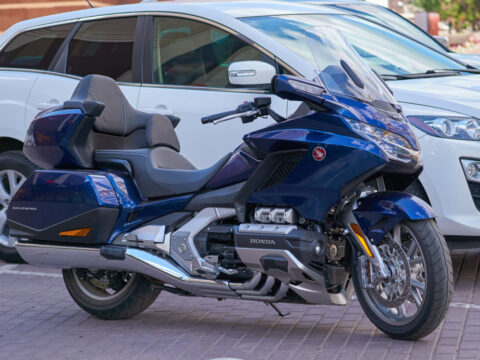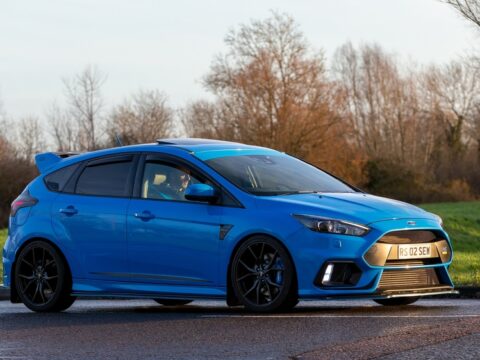Aviation has come a long way since the days of the Wright brothers. Over the years, numerous innovations have revolutionized the way we fly, making air travel safer, faster, and more efficient. In this article, we’ll explore 15 game-changing innovations that have left a lasting impact on aviation history and continue to shape the future of flight.
Contents
Wright Brothers’ First Powered Flight (1903)

The Wright brothers’ successful powered flight on December 17, 1903, marked the birth of modern aviation. Their Flyer, powered by a custom-built 12-horsepower engine, demonstrated controlled, sustained flight, laying the groundwork for the future of air travel.
Development of the Jet Engine (1930s-1940s)

The development of the jet engine revolutionized aviation by allowing aircraft to fly faster and higher than ever before. Frank Whittle in the UK and Hans von Ohain in Germany independently developed jet engines in the late 1930s, leading to the first jet-powered flights in the 1940s.
Pressurized Cabins for High-Altitude Flight (1940s)
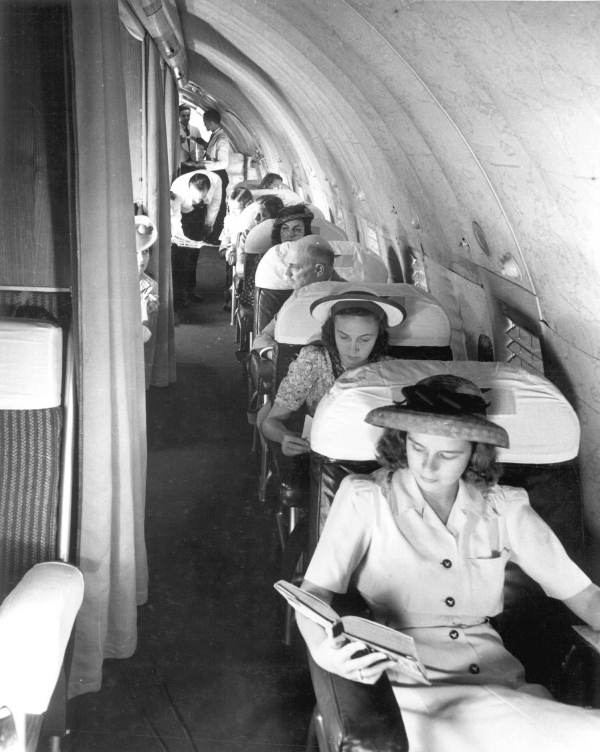
Pressurized cabins became essential for high-altitude flights, allowing passengers to breathe comfortably at altitudes where oxygen levels are low. This innovation enabled commercial airlines to fly above turbulent weather and reach destinations faster.
Turbofan Engines for Increased Efficiency (1950s)
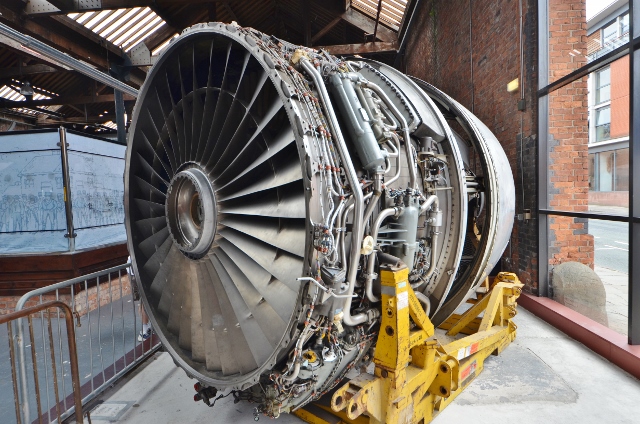
Turbofan engines, developed in the 1950s, combined the thrust of turbojets with the efficiency of propellers. They offered greater fuel efficiency, reduced noise, and improved performance, becoming the standard for commercial jetliners.
Concorde’s Supersonic Flight (1976)
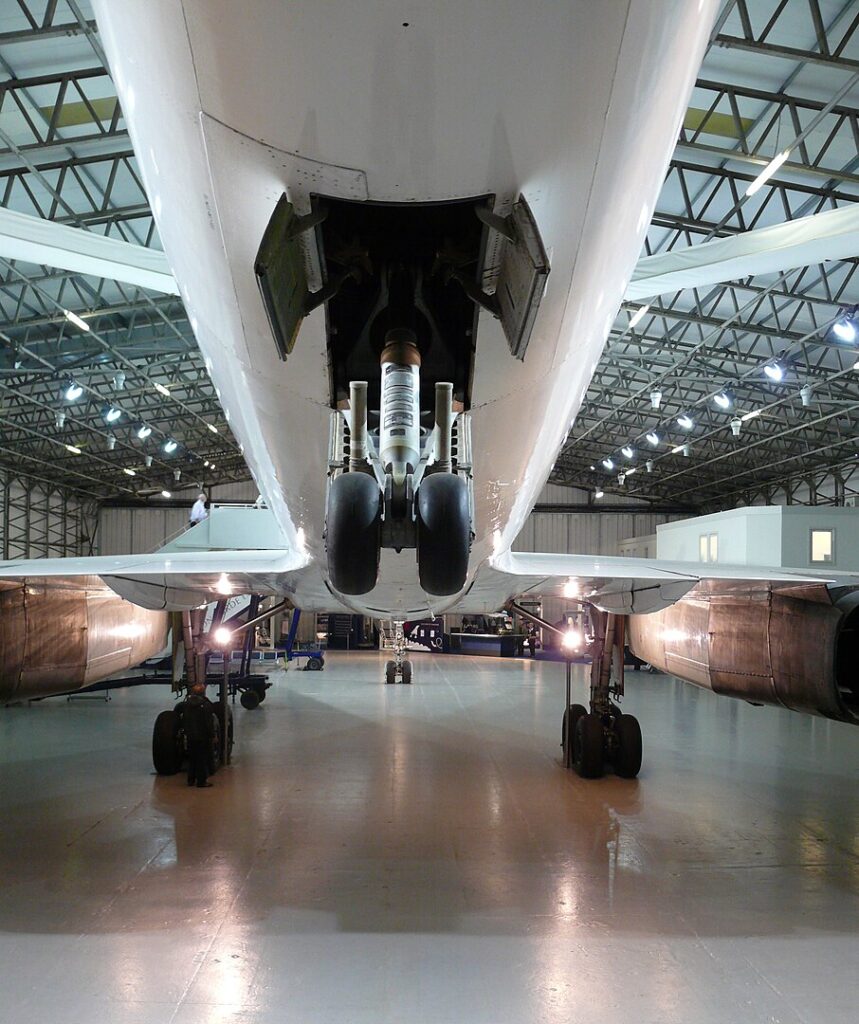
The Concorde, introduced in 1976, was the first and only supersonic passenger jet. It could fly at speeds over twice the speed of sound (Mach 2), reducing transatlantic flight times to around three hours, and represented a pinnacle of aviation engineering.
Fly-By-Wire Technology for Better Control (1980s)
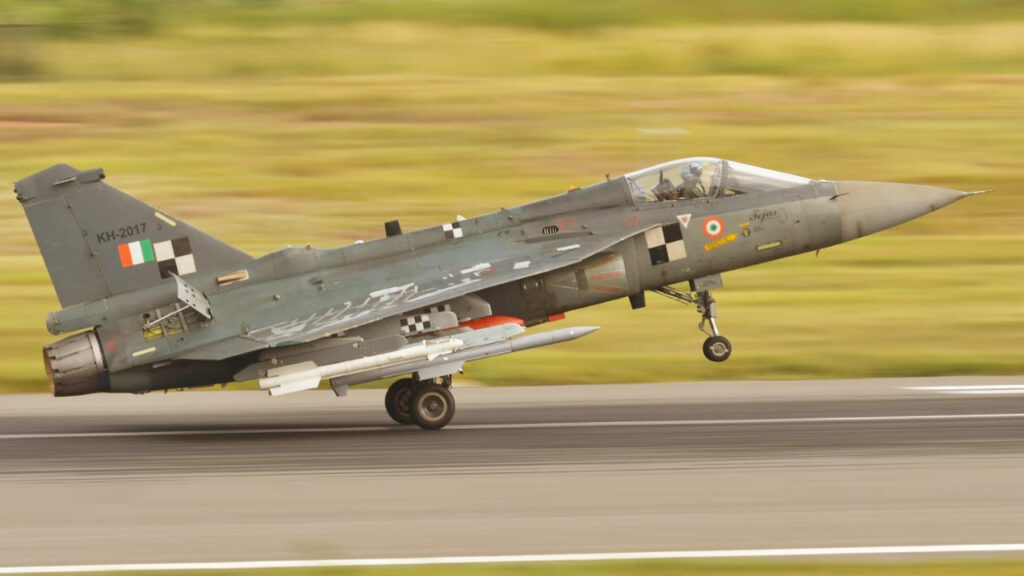
Fly-by-wire technology replaced traditional mechanical flight controls with electronic systems. Introduced in the 1980s, it improved aircraft performance, reduced weight, and enhanced safety through automated stability and control features.
Glass Cockpit with Advanced Avionics (1990s)
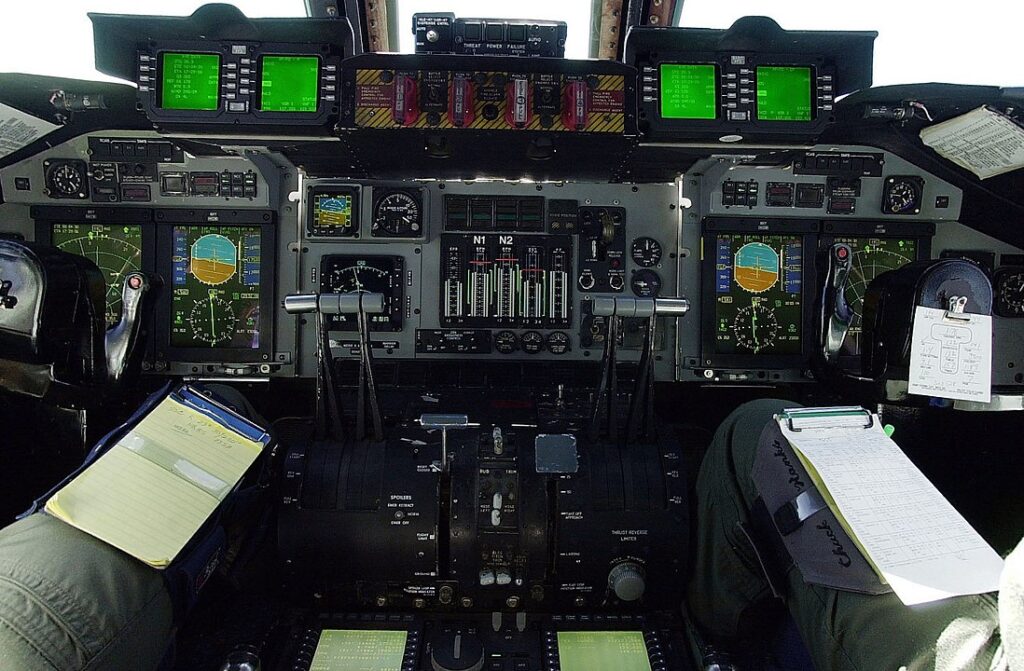
The transition to glass cockpits with digital displays in the 1990s provided pilots with integrated flight information, enhancing situational awareness and reducing workload. Advanced avionics systems improved navigation, communication, and safety.
Stealth Technology for Military Aircraft (1980s-1990s)
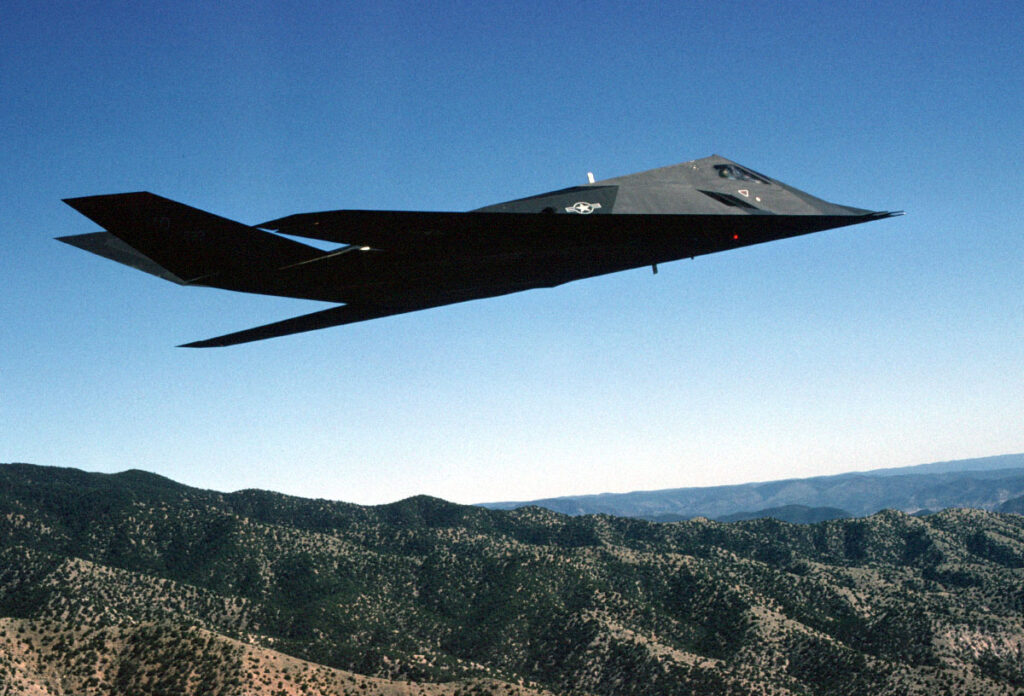
Stealth technology, developed in the 1980s and 1990s, made military aircraft less detectable by radar and other detection methods. This innovation, exemplified by the B-2 Spirit and F-117 Nighthawk, transformed modern warfare by enabling surprise attacks and reducing vulnerability.
Unmanned Aerial Vehicles (Drones) for Various Applications (2000s)
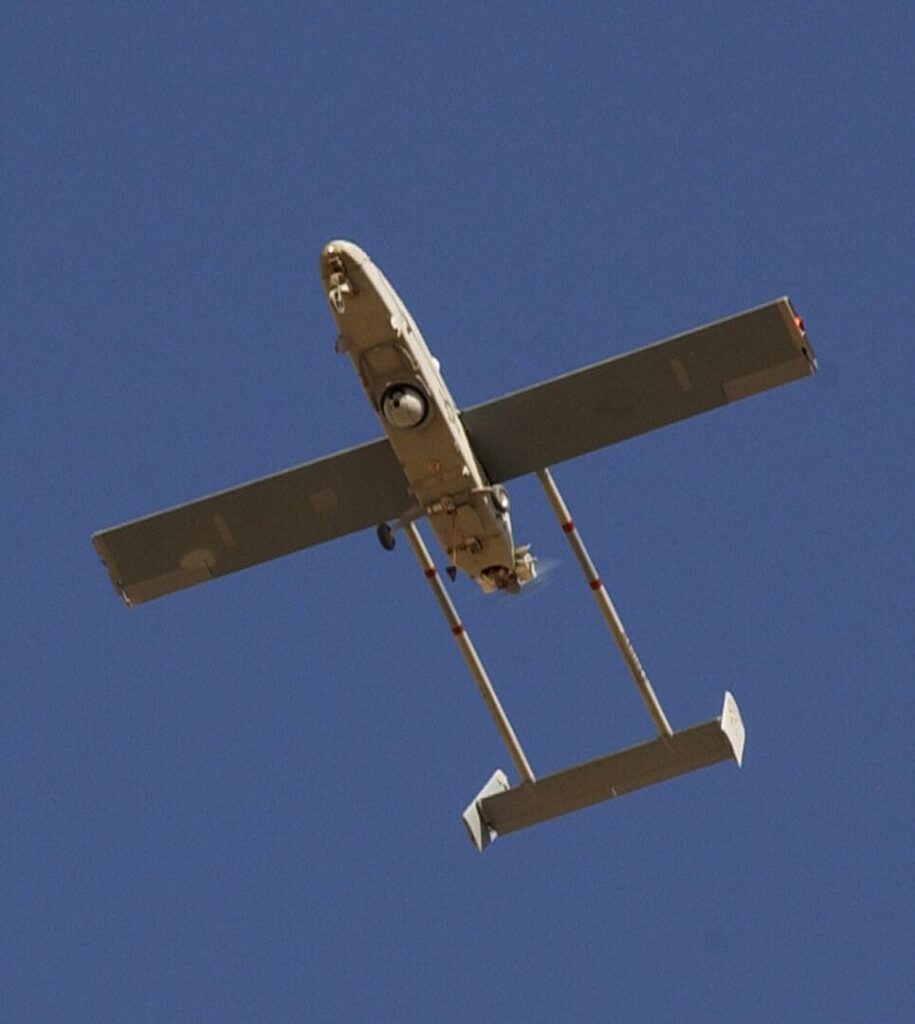
Drones, or unmanned aerial vehicles (UAVs), have revolutionized aviation by providing capabilities for surveillance, reconnaissance, delivery, and more. They offer versatility and efficiency in both military and civilian applications.
Airbus A380: The World’s Largest Passenger Airliner (2005)
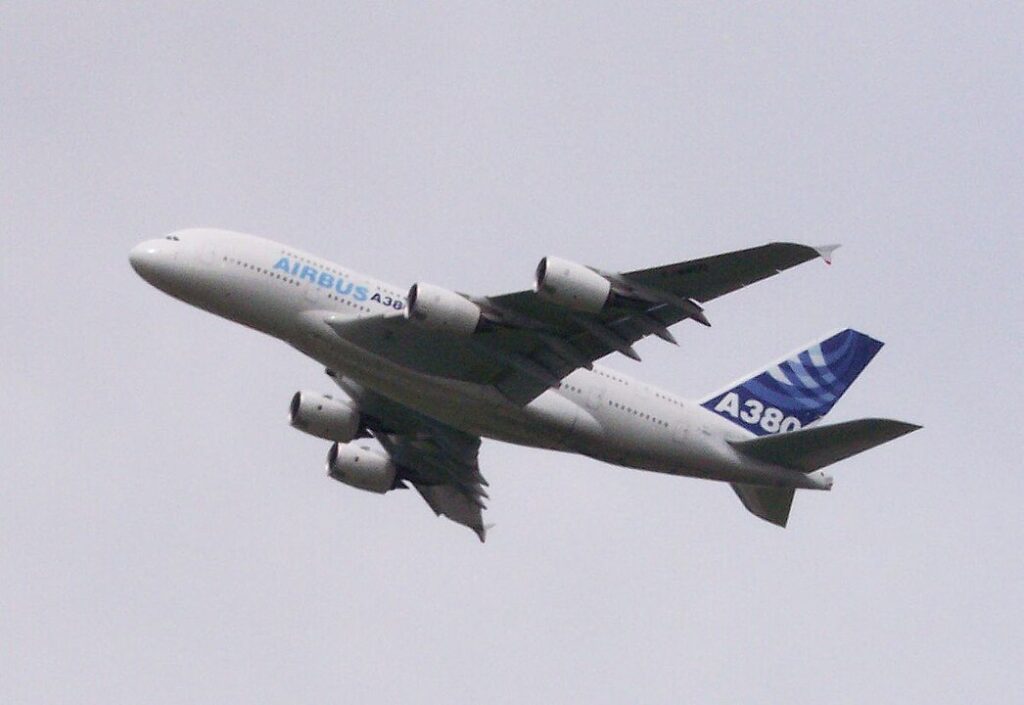
The Airbus A380, introduced in 2005, is the world’s largest passenger airliner, capable of carrying up to 853 passengers. Its double-deck design and advanced aerodynamics set new standards for capacity and comfort in long-haul air travel.
Winglets for Improved Aerodynamics and Fuel Efficiency (1980s-2000s)

Winglets, added to the tips of aircraft wings, reduce drag and improve fuel efficiency. Developed in the 1980s and widely adopted in the 2000s, they enhance performance and reduce emissions, making flights more economical and environmentally friendly.
Advanced Flight Management Systems (FMS) for Automation (2000s)
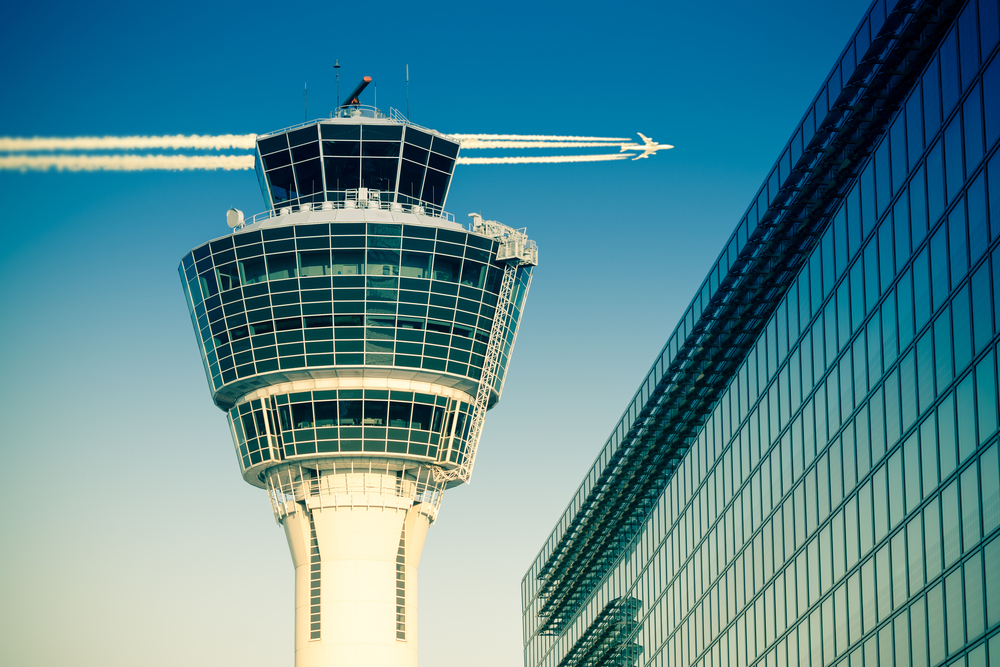
Flight Management Systems (FMS) automate many in-flight tasks, including navigation, fuel management, and performance calculations. These systems, widely adopted in the 2000s, improve efficiency, reduce pilot workload, and enhance safety.
Electric Propulsion for Environmentally Friendly Flight (2010s)
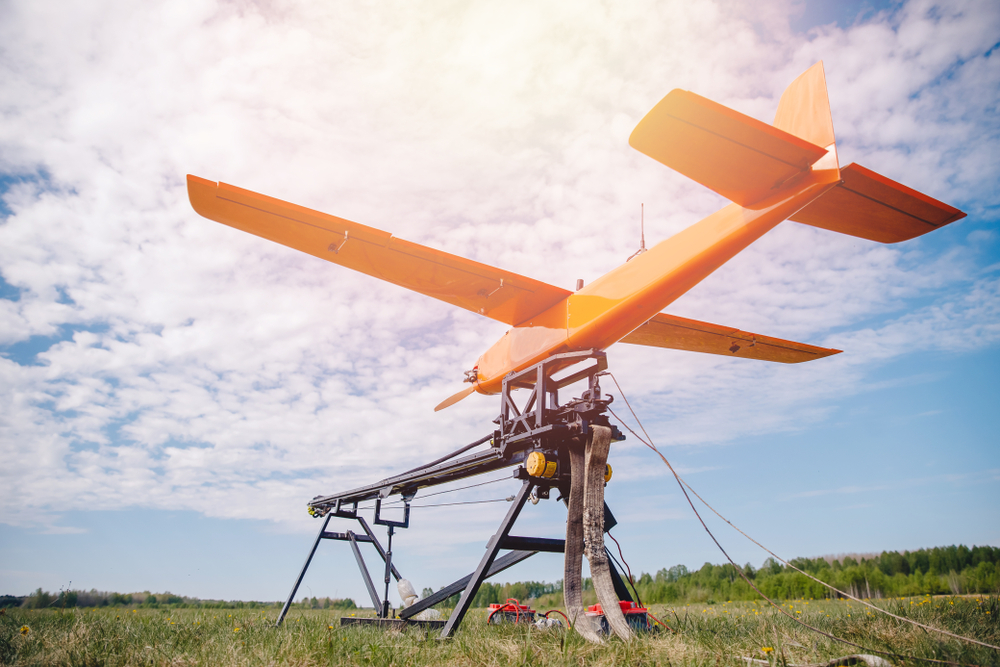
Electric propulsion, using electric motors and batteries, promises to reduce aviation’s carbon footprint. Emerging in the 2010s, electric aircraft are being developed for short-haul flights, offering quieter, cleaner, and more sustainable air travel options.
Blended Wing Body Designs for Better Fuel Efficiency (2000s-2010s)
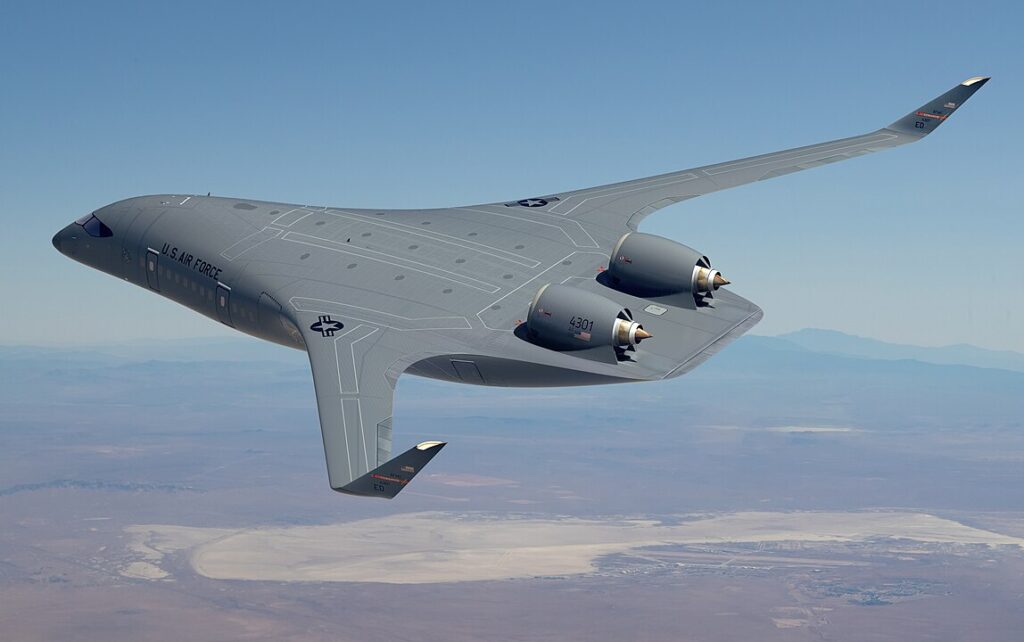
Blended Wing Body (BWB) designs integrate the fuselage and wings into a single structure, reducing drag and increasing fuel efficiency. These designs, explored in the 2000s and 2010s, could revolutionize the aerodynamics and capacity of future aircraft.
Hypersonic Flight Technologies for Faster Travel (2000s-2010s)

Hypersonic flight, traveling at speeds above Mach 5, promises to drastically reduce travel times. Research in the 2000s and 2010s has focused on developing materials and engines capable of withstanding the extreme conditions of hypersonic speeds.
This article originally appeared in MyCarMakesNoise.
More from MyCarMakesNoise
Top 25 Greatest Military Aircraft of All Time
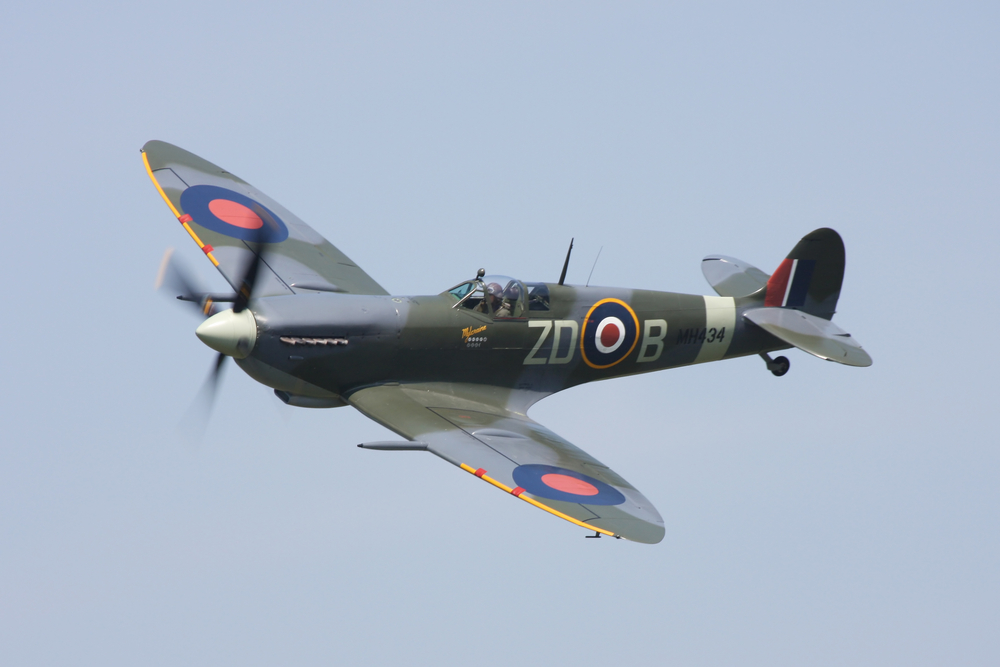
Military aviation has a rich history filled with groundbreaking designs and awe-inspiring aircraft. In this list, we’ve compiled the top 25 greatest military aircraft of all time. From legendary fighter jets to powerful bombers, these planes have left an indelible mark on warfare and aviation history. Read More.
25 Popular Cars That Lose Value Faster Than You Think
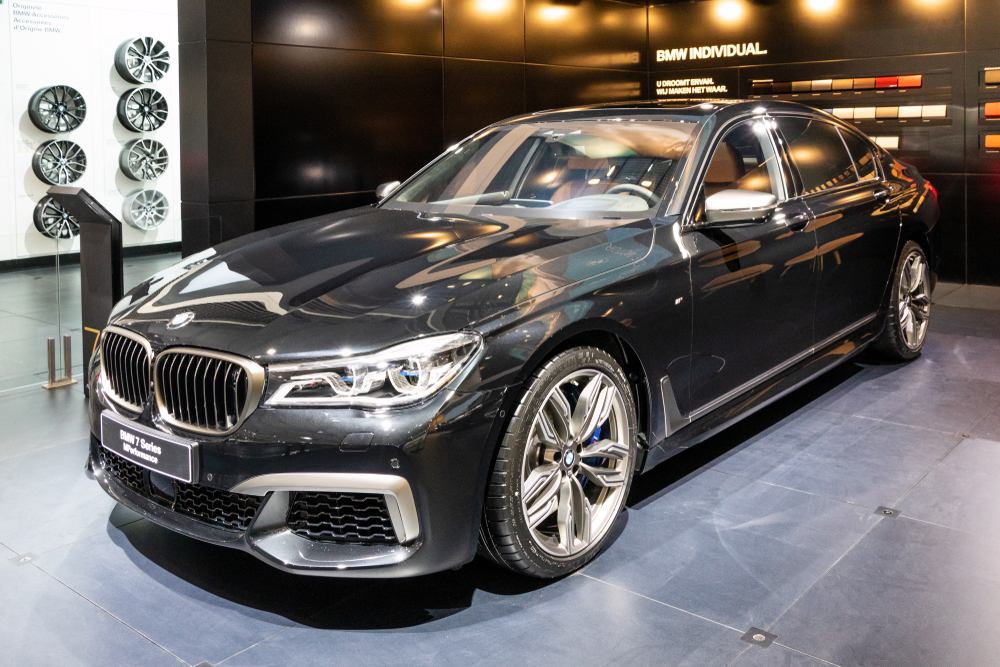
When buying a car, it’s important to consider how well it holds its value over time. Unfortunately, not all popular models perform well in this regard. In this article, we explore 25 popular cars that depreciate faster than average, helping you make an informed decision before your next big purchase. Read More.
20 Classic Roadsters with Funky Designs That Turn Heads

Classic roadsters have always held a special place in the hearts of car enthusiasts. Their sleek designs and timeless appeal never fail to capture attention. In this list, we’ve rounded up 20 funky classic roadsters that are sure to turn heads wherever they go. Read More.


